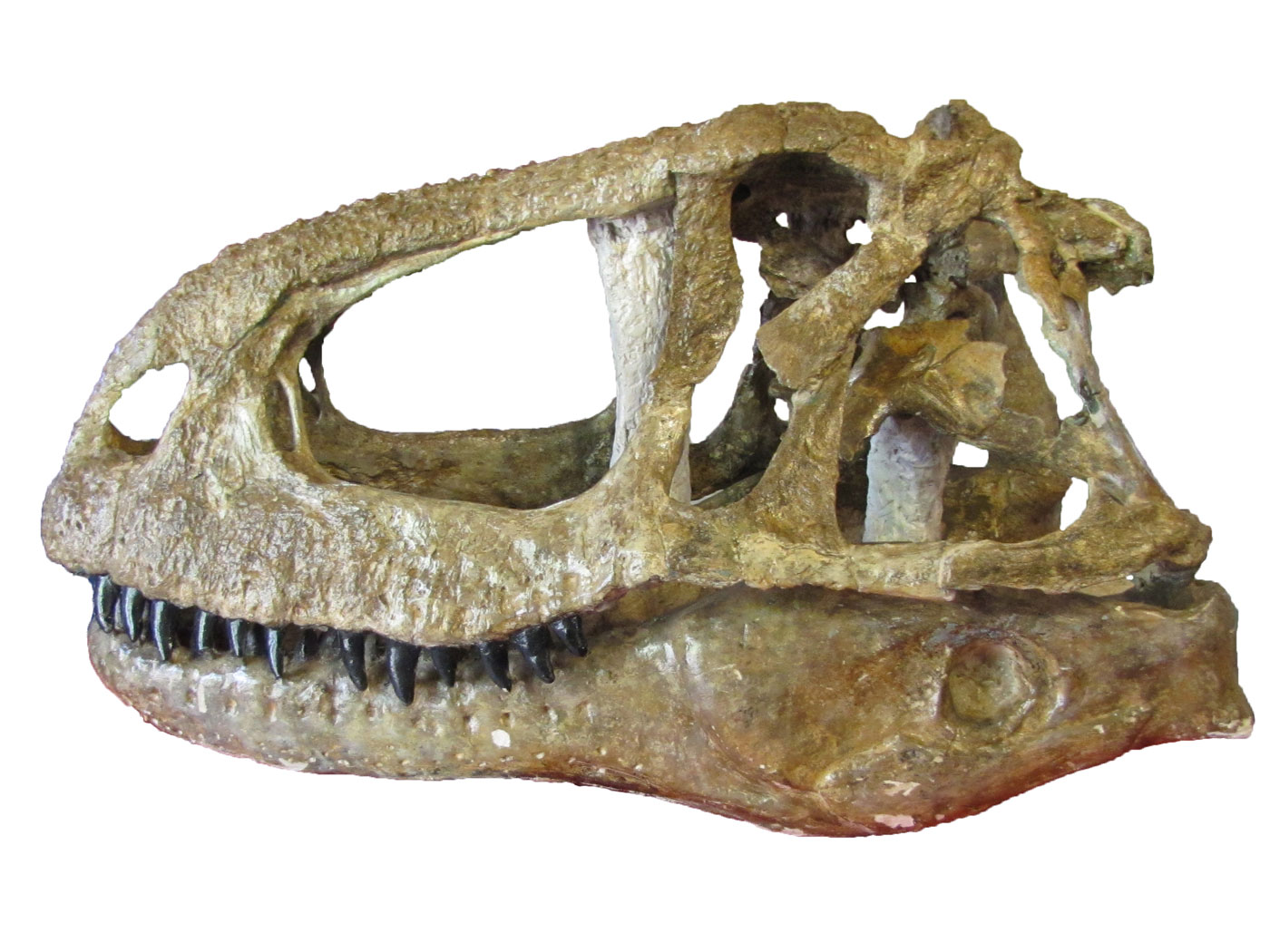One of the many mysteries of biology is how a creature like a web-weaving spider with a tiny brain is able to systematically construct an elaborate web with amazing elegance, complexity, and exacting geometric precision. And to make the spidery task even more amazing, the creature does it blindly only using the sense of touch—an exceedingly complex mechanosensory-based application. A newly released study shows that this remarkable skill is due to a highly sophisticated built-in algorithm.1
To understand how the tiny brains of spider architects enable their sophisticated web-construction projects, the first logical step is to systematically document and analyze their web-weaving behaviors and the specific motor skills of all their moving parts. However, this is no easy task, since spiders often do this in the dark with the coordinated specificity of eight rapidly moving legs.
In this new study, researchers analyzed a spider native to the western United States called the hackled orb weaver. This spider is small enough to sit comfortably on the tip of a human finger. Because the hackled orb weaver does its work at night, the researchers designed an experiment using infrared cameras and infrared lights. Then, using high-speed cameras, they monitored and recorded six spiders every night as they constructed their webs. The video data allowed the scientists to track literally millions of individual leg movements with sophisticated machine vision software. The researchers had to train the software to detect the body and leg posture of the spider, frame-by-frame, to document the entire repertoire that the spider’s legs perform to build a complete web.
One of the key discoveries that emerged from the huge amount of data was that the web-making behaviors were similar across the six separate spiders. In fact, the data was so homogenous that the researchers were able to determine the specific part of a web that a spider was constructing just from observing the position of its legs. In other words, even if the final overall web structure was slightly different, the rule-based algorithm each spider used to build a web were the same. In an interview, one of the scientists commented that “They're all using the same rules, which confirms the rules are encoded in their brains.”2
It is well documented in scientific literature that creatures with tiny brains contain exceedingly complex algorithms that boggle the human mind.3-6 But the obvious question is, “Where did this extreme source of mathematical information originate?” The clear answer is that an omnipotent all-knowing Creator God, the Lord Jesus Christ, engineered these systems into the diversity of creatures he made.
These discoveries continue to highlight the scripture given in Romans 1:20 that says, “For since the creation of the world His invisible attributes are clearly seen, being understood by the things that are made, even His eternal power and Godhead, so that they are without excuse.”
References
1. Corver, A. et al. 2021. Distinct movement patterns generate stages of spider web building. Current Biology. 31 (22): 4983-4997. DOI: 10.1016/j.cub.2021.09.030
2. Rosen, J. Spiders' web secrets unraveled. ScienceDaily. Posted on Sciencedaily.com November 1, 2021, accessed November 16, 2021.
3. Tomkins, J. P. Communal Nutrition in Ants: Strong Evidence for Creation. Creation Science Update. Posted on ICR.org July 8, 2009, accessed November 16, 2021.
4. Thomas, B. 2010. Bees Solve Math Problems Faster Than Computers. Creation Science Update. Posted on ICR.org November 2, 2010, accessed November 16, 2021.
5. Thomas, B. Scientists Discover the 'Anternet'. Creation Science Update. Posted on ICR.org September 14, 2012, accessed November 16, 2021.
6. Tomkins, J. P. Ant Behavior Informs Computer Search Algorithms. Creation Science Update. Posted on ICR.org June 22, 2020, accessed November 16, 2021.
Stage Image: Hackled orb weaver
*Dr. Tomkins is Director of Research at the Institute for Creation Research and earned his doctorate in genetics from Clemson University.
Spiders Have Built-In Algorithm to Construct Webs
The Latest
CREATION.LIVE PODCAST
Ask, Seek, and Find with Dr. Brown | Creation.Live Podcast: Episode...
What is truth? Is truth absolute? Is it malleable as sensibilities and cultures shift?
Hosts Trey and Lauren are joined by Dr. Michael Brown to discuss...
The Golden Numbers
Evolutionists theorize that the universe came into being through random means. Fundamentally, randomness lacks symmetry since the very concept of symmetry...
Scientists Question Foundational Big Bang Assumption
In April 2024, some of the world’s leading cosmologists convened at the Royal Society in London to question the cosmological principle—the...
Moroccan Dinosaurs in Marine Rocks, Too
Two recent papers by paleontologist Nicholas Longrich and his colleagues describe some unexpected findings in phosphate mines of northern Morocco.1,2...
CREATION PODCAST
Ernst Haeckel: Evolutionary Huckster | The Creation Podcast:...
Ernst Haeckel, a German Zoologist, is famous for developing a series of images of embryos in development called Anthropogenie. These images,...
Bees Master Complex Tasks Through Social Interaction
Bees are simply incredible.1,2 These little furry fliers challenge the very foundation of Darwinism in many diverse ways.
Bees have been...
The Tail of Man’s Supposed Ancestors
Although it has been known for decades and despite insistence to the contrary from the evolutionary community, man—Homo sapiens—has never...
When Day Meets Night—A Total Success!
The skies cleared above North Texas on Monday, April 8, for a spectacular view of the 2024 Great American Solar Eclipse. Hundreds of guests joined...
The Sun and Moon—Designed for Eclipses
Before discovering thousands of planets in other solar systems, scientists tended to assume that other solar systems would be very similar to our own....
Let ICR Help You Prepare for the Great American Solar Eclipse!
On Monday, April 8th, the moon will move directly between the earth and the sun, resulting in a total solar eclipse visible in northern Mexico, much...




















